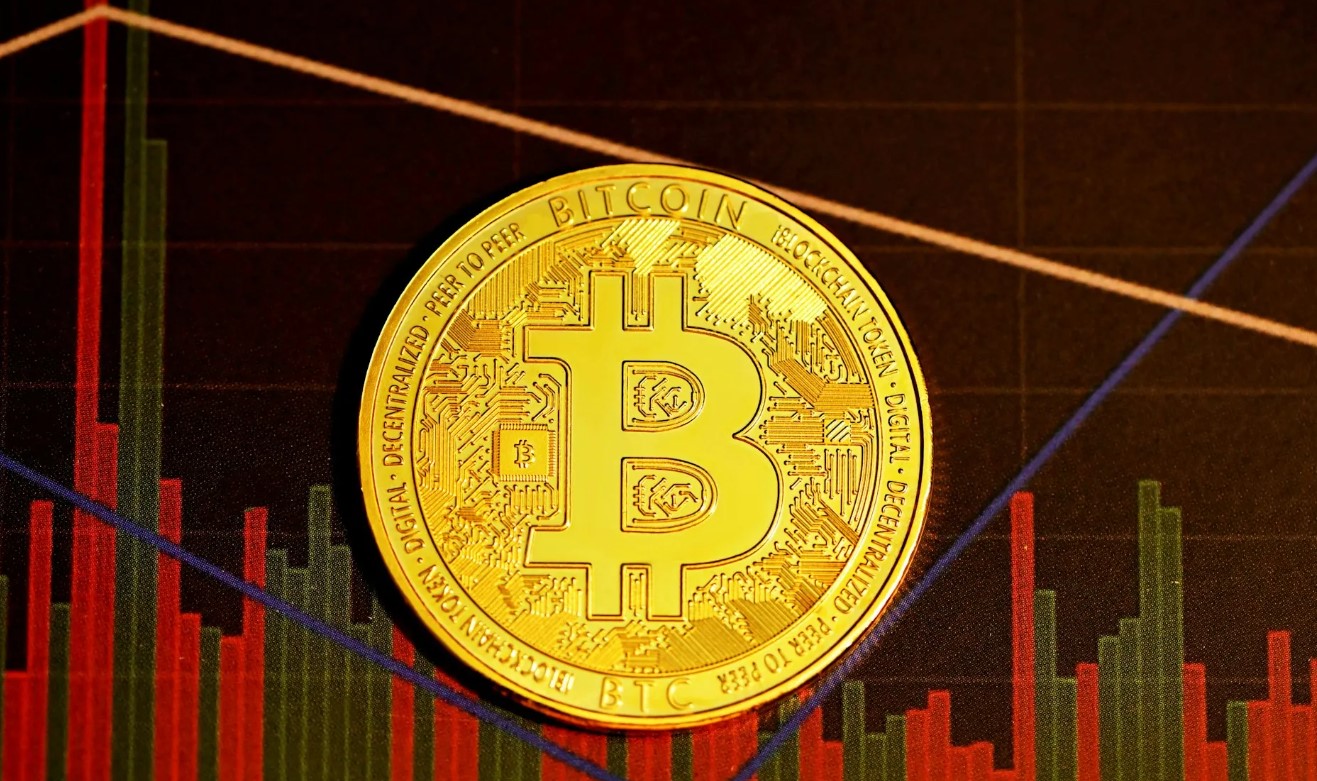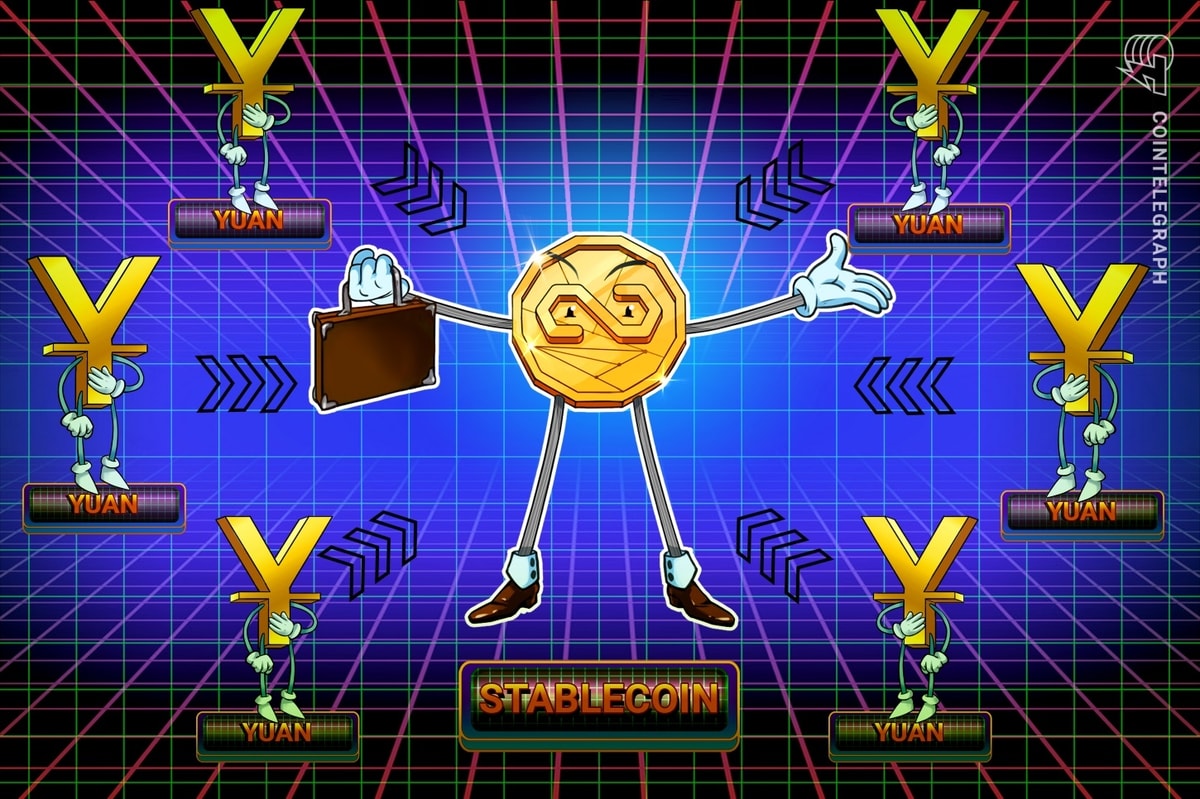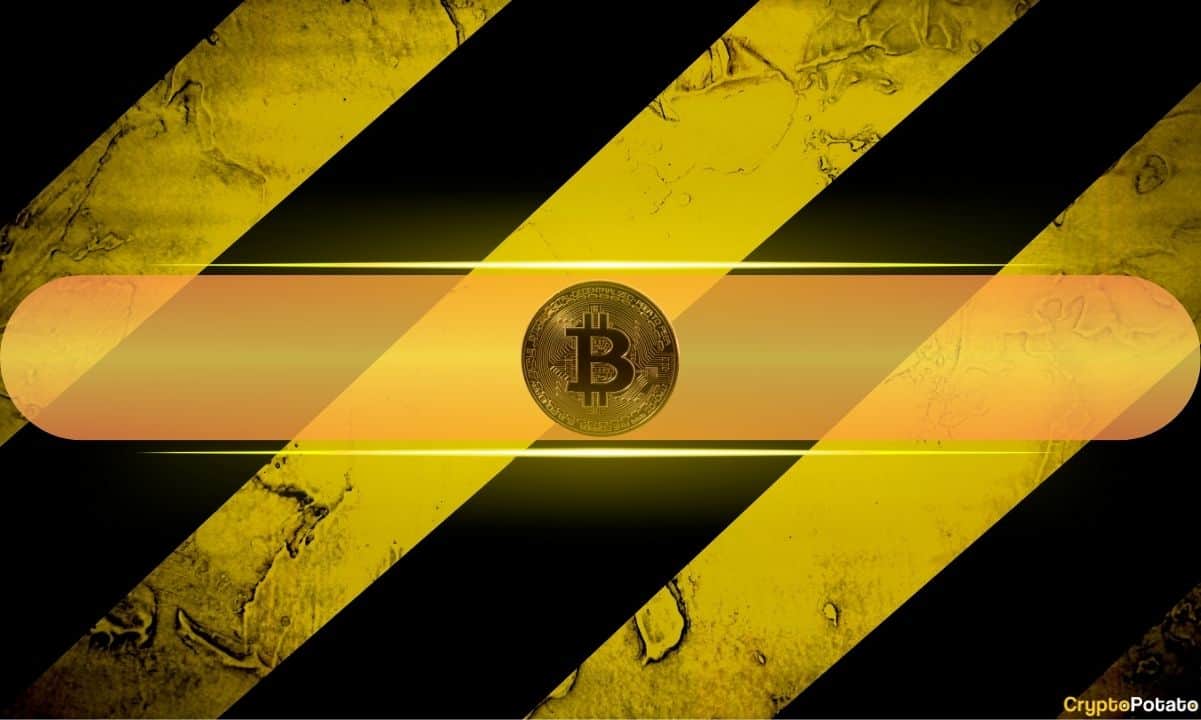Wildlife conservation has long struggled with problems like lack of funding, illegal poaching, and poor data sharing. In recent years, new technology is helping protect our planet’s animals. One unexpected hero is blockchain. Though mostly known for cryptocurrency, blockchain is now being used to track wildlife, fund conservation, and even allow people to adopt animals through NFTs.
This blog explores how blockchain is making a difference in wildlife protection. From “wildlife tracking blockchain” to “conservation tokens,” we break it all down in simple words.
What Is Blockchain and Why Use It for Wildlife?
Blockchain is a digital ledger. It records transactions in a way that is secure, clear, and can’t be changed later. Every time new data is added, it gets linked to the one before it, forming a “chain.” This makes it easy to track information over time.
Here’s why this helps with wildlife protection:
- It creates a clear record of animal movements.
- It helps track funding for conservation.
- It allows public involvement through tokens and NFTs.
- It increases trust between donors, NGOs, and local communities.
Let’s look at some key ways blockchain is used in this space.
1. Wildlife Tracking on the Blockchain
Tracking animals is vital for research and protection. In the past, this data was stored in private databases or paper files. Now, some projects use wildlife tracking blockchain to keep data safe and share it globally.
Example: A rhino in Africa is fitted with a GPS collar. Each location ping is added to the blockchain. Researchers across the world can view this data in real-time. It can’t be faked or changed, so it builds trust.
Benefits:
Feature | Traditional Tracking | Blockchain Tracking |
Data Safety | Prone to tampering | Tamper-proof |
Global Sharing | Limited access | Open, secure access |
Long-Term Storage | Risk of loss | Permanent ledger |
This method helps protect endangered animals, especially those hunted for illegal trade. If an animal suddenly leaves a safe zone, alerts can be sent immediately.
2. NFT Animal Adoption Programs
NFTs (non-fungible tokens) are often used in art and gaming. But now they are also helping animals. Some groups offer NFT animal adoption programs. These are digital collectibles that represent real animals. When someone “adopts” an animal, they receive an NFT and their donation goes to that animal’s care.
How It Works:
- A wildlife organization lists animals available for NFT adoption.
- A donor chooses an animal and buys the NFT.
- The money funds food, tracking, and vet care.
- The NFT owner can track updates about their adopted animal.
This turns a donation into a personal experience. It also raises awareness through social sharing. People show off their NFTs, and more people learn about the cause.
3. Conservation Tokens and Community Involvement
Conservation tokens are another powerful use of blockchain. These are digital tokens used to fund and reward conservation efforts. Locals can earn tokens by helping protect forests, reporting poaching, or planting trees. These tokens can be traded or redeemed for goods.
Real Use-Case:
A project in South America rewards locals with tokens for reporting illegal logging. These tokens can be used to buy school supplies or solar panels. This builds community support and spreads the financial benefit of protecting nature.
Advantages of Conservation Tokens:
- Encourages local participation.
- Creates a new funding channel.
- Reduces dependence on outside donors.
- Provides a transparent system to track impact.
4. Crypto for Biodiversity: A New Funding Path
Many wildlife projects depend on grants, which can be slow or unreliable. Crypto donations offer a faster, more direct path. With just a few clicks, people can donate across borders.
Some platforms accept major coins like Bitcoin or Ethereum. Others use special tokens created just for conservation.
Why Use Crypto for Biodiversity:
- No banks or borders involved.
- Transactions are instant.
- Fees are lower than traditional systems.
- Donors can track how funds are used via the blockchain.
This builds trust and can attract younger, tech-savvy donors who might not give through traditional means.
Blockchain is not just for finance—it’s becoming a strong tool for saving wildlife. Whether it’s through wildlife tracking blockchain, NFT animal adoption, conservation tokens, or crypto for biodiversity, this technology is helping bridge gaps between data, donors, and communities.
As this trend grows, more people can take part in conservation in creative and modern ways. Protecting wildlife has never been more urgent—or more innovative.
Quick Summary Table
Blockchain Tool | Purpose | Example Use Case |
Wildlife Tracking | Monitor animal movement | Real-time GPS data for endangered rhinos |
NFT Animal Adoption | Raise funds and awareness | Adopt a tiger with a digital NFT token |
Conservation Tokens | Incentivize local actions | Earn tokens for reporting illegal logging |
Enable fast global donations | Donate ETH to fund coral reef restoration |
Blockchain is helping conservation move forward—one block at a time.
Remember, investing in cryptocurrencies involves risks, and it’s important to conduct thorough research and seek professional advice before making any financial decisions. (Please keep in mind that this post is solely for informative purposes and should not be construed as financial or investment advice.)

















 English (US) ·
English (US) ·